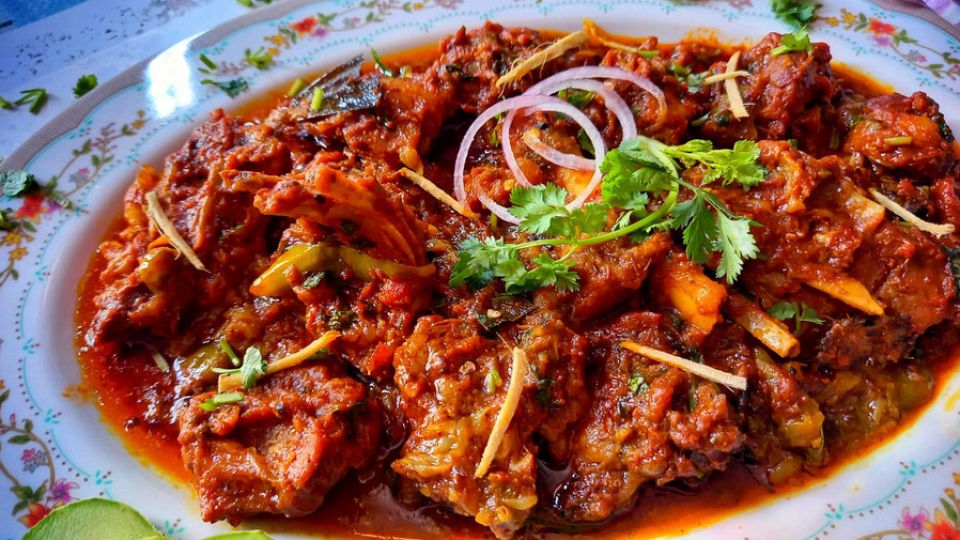March 28, 2025
DHAKA – Food has always been a powerful way to connect people across cultures and borders. During this year’s Ramadan, Chef Sohail Ahmed — an accomplished Pakistani culinary artist, hailing from Abbottabad, Khyber Pakhtunkhwa — brought the vibrant and aromatic tastes of his homeland to Bangladesh, offering locals a rare chance to explore authentic Pakistani dishes right here at Amaya Food Gallery, Amari Dhaka.
In this exclusive conversation with Star Lifestyle, Chef Ahmed opens up about the differences between Bangladeshi and Pakistani cuisine, his favourite local discoveries, and the one Bangladeshi street snack that stole his heart.
How has your experience with Bangladeshi cuisine been so far?
It’s been fascinating. I’ve been exploring the food here, and I can say Bangladeshi cuisine is full of flavour — but quite spicy compared to ours! In Pakistan, we use spices more subtly. The fragrance is key. Here, the spiciness can sometimes overpower the taste of the meat or vegetables. It’s delicious, but different.
Can you elaborate more on this contrast between the two food cultures?
Yes, in our cuisine, the spices support the flavour rather than dominate it. For example, in a mutton dish, we want the taste of the meat to come through. In Bangladesh, the spice is often so strong that it can overwhelm the core flavour. It’s a cultural preference, of course — but when spices are balanced, the real magic of the ingredients can be felt.
Have you had the chance to taste any regional dishes from different parts of Bangladesh — say from Sylhet, Chattogram, or even Dhaka’s traditional offerings?
I haven’t had the time to explore extensively, as I’ve been quite busy with Ramadan preparations. But I did get to try some local appetisers like piyaju and dosa. I also sampled jalebi, which tastes quite similar to the ones we have back home. On the sweeter side, I had firni, and a few desserts from the buffet. But the one local item that really caught my attention was muri makha.
Muri makha? That’s quite the local favourite!
Yes! It’s simple, but I really enjoyed it. It’s a mixture of puffed rice, spices, and other ingredients. I had it during iftar, and it was something I looked forward to. It’s one of those dishes that’s full of character and reflects the local palate.
What would you say is your own comfort food or signature dish back in Pakistan?
Without a doubt, Sindhi Biryani. It’s close to my heart and something I’ve mastered over the years. I also have a strong connection to Peshawari cuisine — its rustic, hearty flavours are very special to me.
What kind of dishes have you been preparing here in Dhaka?
Every day, I prepare about seven to ten dishes — rotated daily so people can try something new. Some of the main dishes include mutton Kabuli Pulao, chicken and mutton Sindhi Biryani, Mutton Rosh, Namkeen Gosht, and Mutton Haleem. These dishes have been really well-received. People are enjoying the difference in flavour, and I think they appreciate getting a taste of authentic Pakistani cuisine.
Are you planning to return to Bangladesh in the future?
Yes. The experience has been wonderful. The warmth of the people, their openness to trying Pakistani food, and the positive feedback I’ve received — it’s all very encouraging. If the opportunity comes again, I’d be more than happy to return and cook for you all once more.


